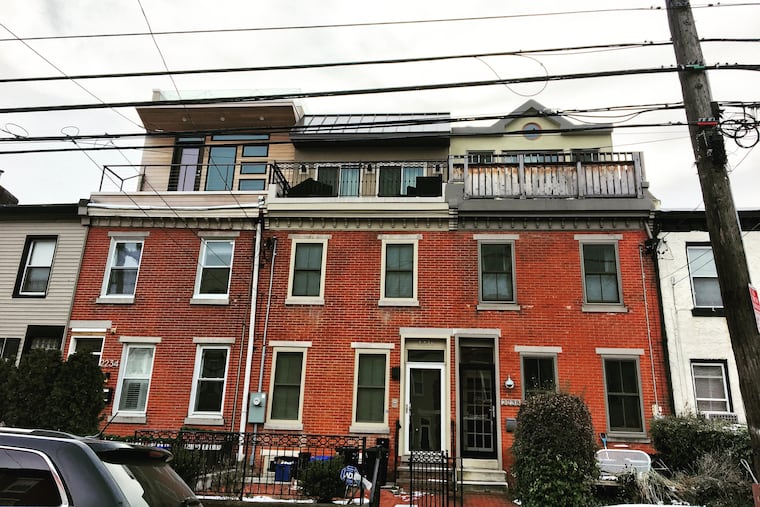Some Graduate Hospital residents want new rules for construction. Among them: More trees, less vinyl siding
Some residents of Graduate Hospital, also known as Southwest Center City, are hoping to create new design and development rules for new construction in the area.
